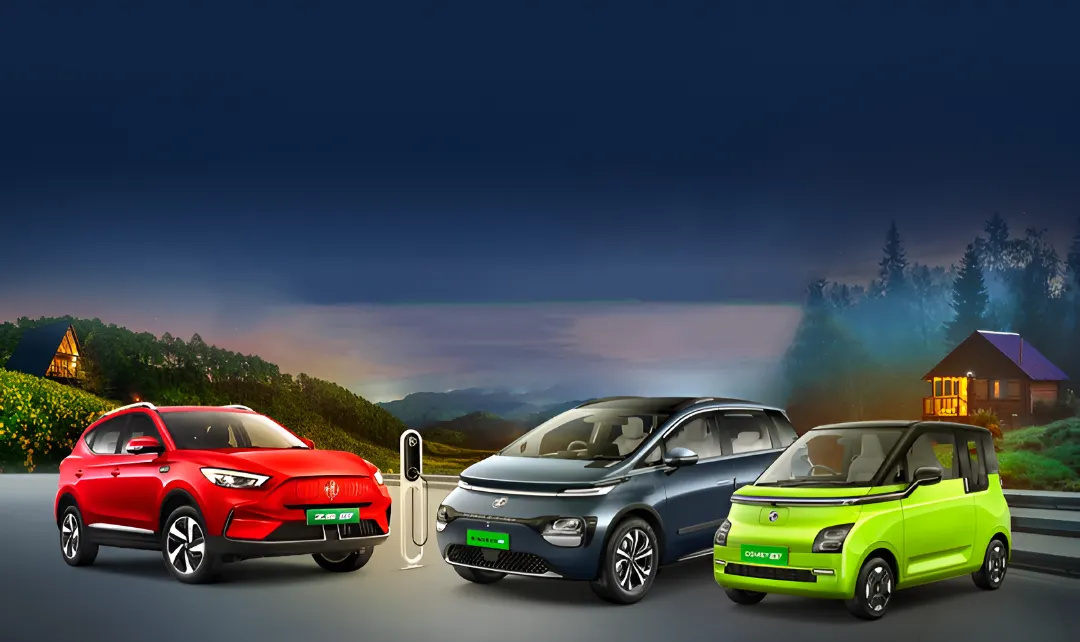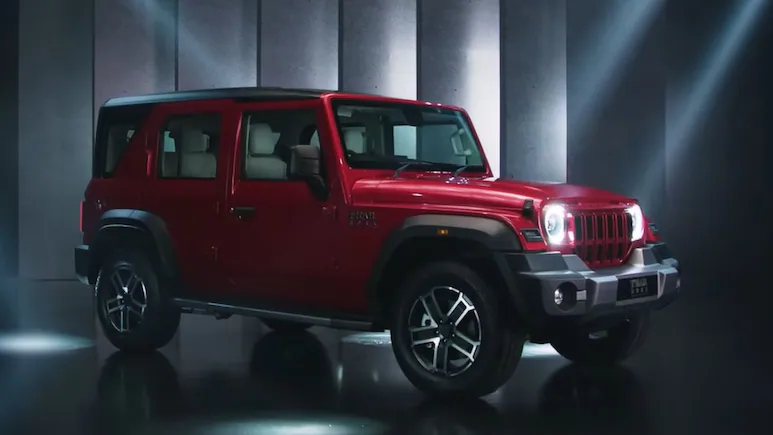In 2021, personal mobility has become important for everyone. These days, every common man wants to own a car be it a new car or a used car to avoid the hassle involved in public transport, and of course, after the arrival of Covid-19, the urge has become even stronger. However, given current economic conditions, buying a new vehicle may not be affordable for everyone. In that sense, used cars make a lot of sense, because in many cases they cost almost half the price of a new vehicle. With buying a used car, comes the responsibility of getting the car insured. In this article, we answered some of the most important questions asked by users on the internet about the used car insurance.rn
1. Do I need car insurance before I buy a used car?
rnYes, because it is required by the law. According to India Motor Tariff, 2002, all car owners driving on the roads of India are required to have a car insurance policy that covers damage caused to third parties due to accidents caused by their car. In addition, having valid car insurance offers you the financial support that covers all injuries, damages, disabilities, or death caused by the car accident. In most cases, the previous owner of the car may not have renewed the insurance before selling the car; in such a case, the customer should avoid buying such a vehicle or make sure to purchase valid insurance as soon as possible.rnrnAlso Read:
Things to check before buying a used car!rn
2. Is it cheaper to insure a used car?
rnAll vehicles have Insured's Declared Value or IDV, and the IDV of the used car will be less than the IDV of the new car. Now, your insurance premium is directly proportional to the IDV of your car. As your car becomes older, the premium will reduce. If the car you are buying already has valid insurance, it is important that you transfer it to your name along with the rest of the documents.rn
3. How do I transfer insurance when buying a used car?
rnThe process to transfer insurance when buying a used car involves visiting the Regional Transport Office (RTO), getting the registration certificate (RC) transferred to your name, and fill up a form 29 and 30 that also bears the signature of the previous owner to the insurance company and pay the policy transfer fee. If you are buying from an organized used car seller then they generally do it for you. However, if you are buying it directly from a car owner the easier way would be to buy a new insurance policy altogether.rn
4. What are the documents required for Insurance Transfer?
rnIf you decide to get an existing insurance policy transferred to your name then, you'll need to first transfer the ownership of the vehicle to your name. Following documents are required for the same:rn
rn - Application Form 29, 30 (with seller and buyer signature)
rn - Original Registration Certificate (RC)
rn - Address Proof of the buyer
rn - An affidavit from the buyer and the seller related to the transfer of ownership
rn - No Objection Certificate from the concerned RTO/ AETC in case of Transport Vehicles
rn - Valid Insurance Certificate
rn - The required fee, if anyOnce the transfer is done, you can ask the existing insurance company to transfer the policy to your name and that would additionally require the following documents:
rn - Old Insurance Certificate
rn - Original Registration Certificate (RC) along with transferee name (new owner or buyer)
rn - Application for transfer of ownership
rn - The required fee, if any.rnrnAlso Read: Here’s how to retain your old vehicle after fitness testrnrnAlso Read: Wheel Alignment and Wheel Balancing: All you need to know
rn
Author: Aakash Mehra
Automotive Journalist & Car Reviewer. Aakash Mehra is a seasoned automotive journalist with over 9 years of experience in car journalism and consumer-focused reviews. Having test-driven more than 550+ vehicles, he delivers detailed comparisons, expert insights, and unbiased advice to help readers confidently choose the right car.










